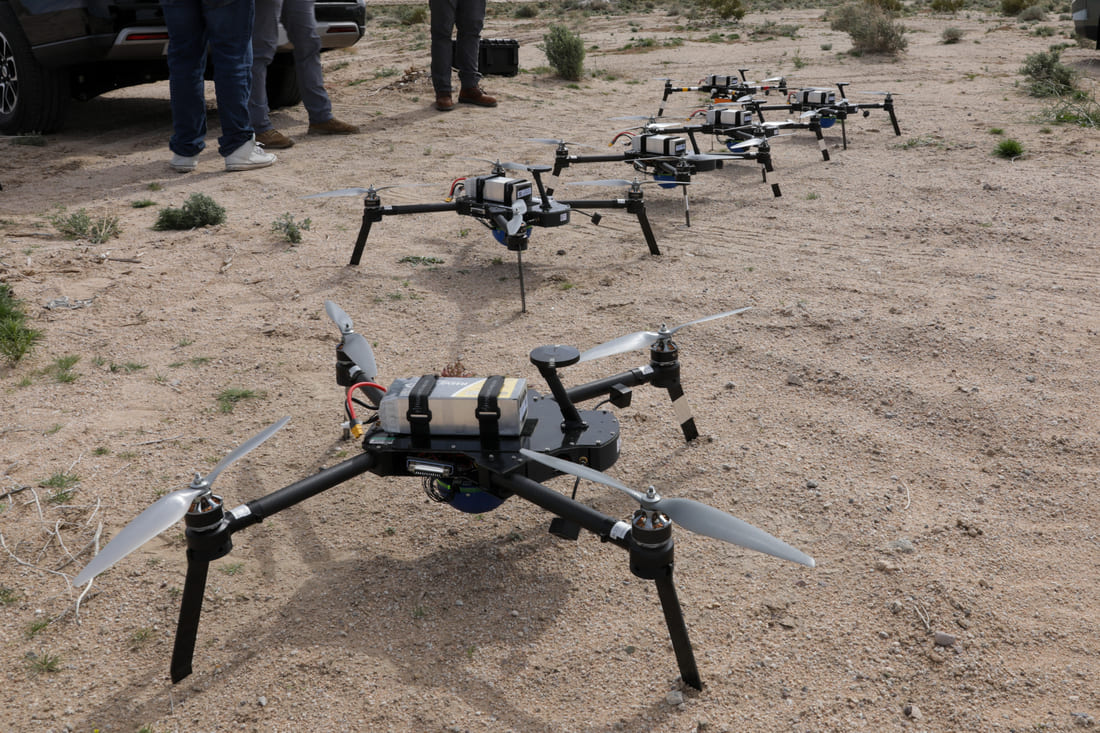A July 25 after-action brief lays out what happened during the sixth RAND-Joint Counter-Small Unmanned Aircraft Systems Office exercise, held the day before at Fort Belvoir. This was not another planning session. Teams ran live drills to stop drones from reaching runways. They launched quadcopters from public parking lots, clocked response times and worked off lessons from June’s Operation Spiderweb, where cheap Ukrainian drones knocked out Russian bombers.
Drone intrusions at U.S. bases are climbing fast. The Pentagon logged about 350 incidents so far in 2024-four times last year’s number. Some were hobby flights. Others clearly weren’t. Their routes matched reconnaissance patterns.
The March round came down to one unresolved issue: who gets to act when a drone crosses the fence? State police, federal regulators, base security and military lawyers gave four different answers. Meanwhile, the drone was closing at 40 knots.
RAND started the excercises in 2022, each one built around a single problem-missing sensor coverage, unclear legal authority, weak response tools, or broken chains of command. The latest session brought in officers, emergency crews and utility staff to run full scenarios together. It showed how slow coordination can get when systems dont connect.
Drone Threat Escalation and Cross-Agency Bottlenecks
This session ran between Fort Bliss, Texas, and Joint Base Pearl Harbor-Hickam, Hawaii. Fixed-wing drones flew high; quadcopters moved low. Defenders were limited to their own network data and had to rush through drone checks before reacting. In one case, a duty officer had just over a minute to approve lethal force after a drone appeared over the Potomac.
Over 100 people from more than 30 groups joined, including the FBI, CISA, fusion centers, tribal emergency teams, and cell carriers. Teams sat in separate rooms, linked only by secure chat. One controller at Pearl Harbor waited nine minutes for imagery that should have taken ten seconds.
Legal gaps were a recurring issue throughout the exercise. Section 130i of Title 10 grants some commanders the authority to disable drones, but nearby installations may still follow state or local laws. At Fort Bliss, one major chose not to jam a rogue quadcopter because local regulations classify signal interference as vandalism. Military attorneys agreed that Congress needs to clearly define when force can be used-ideally before a hostile swarm appears.
Planners identified three conditions that would shift control of a domestic drone incident to U.S. Northern Command:
- A single swarm breaks through base defenses.
- Multiple installations are targeted at the same time.
- Widespread images of the damage cause public concern.
Mobile Counter-UAS Kits and National Guard Integration
Participants supported the use of mobile “flyaway kits” as a short-term solution. Each kit includes radar, radio-frequency sensors, electronic warfare tools, and a short-range kinetic option. A four-person team can deploy the system and create a half-nautical-mile defense zone within a few hours of arrival. These kits are meant to support existing base defenses, though they can only be used after an initial incident begins.
The National Guard stood out during the latest excercise. Civil Support Teams already respond to chemical incidents across the country within 90 minutes and operate under state governors, giving them authority across both civilian and military areas. If adapted for counter-drone duties, these teams could cut response times without expanding the active-duty force. Their current budgets could also cover the cost of new sensors.
Funding remains the main obstacle. The proposed FY-26 budget includes more than $2.3 billion for electronic warfare and counter-drone programs, but only a small share is meant for use inside the United States. One Marine officer noted that borrowing equipment from overseas units during hurricane season is not a long term solution. Without steady funding, mobile response kits risk becoming props rather than tools.
The brief outlines three steps. First, create a shared operations floor that can match drone registrations with live tracks in under 30 seconds. Second, fund at least six regional mobile kits with their own logistics support. Third, assign the National Guard Civil Support Teams to handle the first hour of response before U.S. Northern Command steps in. Analysts estimate the full plan would cost less than one-third of last years overseas counter-drone demonstration and would roughly double the current level of domestic preparedness.
RAND is expected to release a full report, and the Joint Counter-small UAS Office plans a live-fire test next spring. Until then, base commanders will have to rely on local law enforcement, regular drills and rapid-response teams. The exercises don’t offer a simple fix, but they do underline one point: when an unmarked drone shows up there’s almost no time to act.
REFERENCE SOURCES
- https://federalnewsnetwork.com/defense-news/2025/07/dod-stands-up-joint-interagency-task-force-for-counter-uas/
- https://defensescoop.com/2025/07/02/dod-creating-joint-interagency-counter-drone-task-force-gen-mingus/
- https://www.nationaldefensemagazine.org/articles/2025/6/4/article-just-in-pentagons-counterdrone-office-holds-sixth-industry-demo/
- https://www.defensenews.com/unmanned/2025/07/25/these-wargames-explored-drone-attacks-on-us-military-bases/
- https://www.rand.org/pubs/commentary/2025/06/defending-us-military-bases-against-drones-a-recent.html
- https://cuashub.com/en/content/us-jco-tests-homeland-counter-drone-response/



